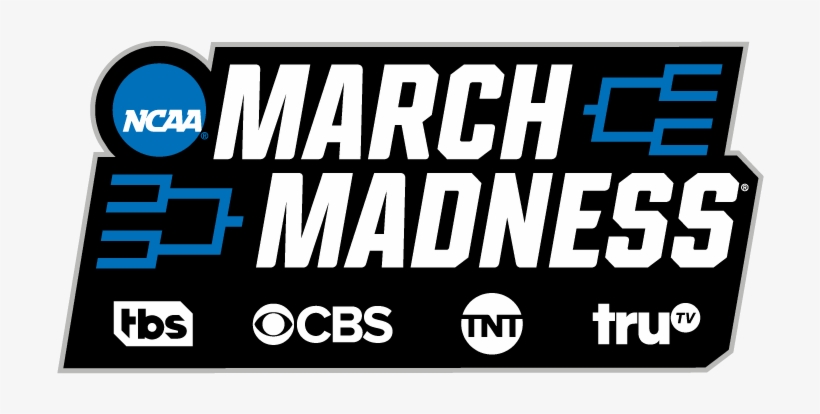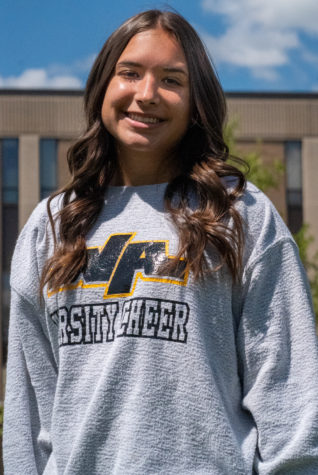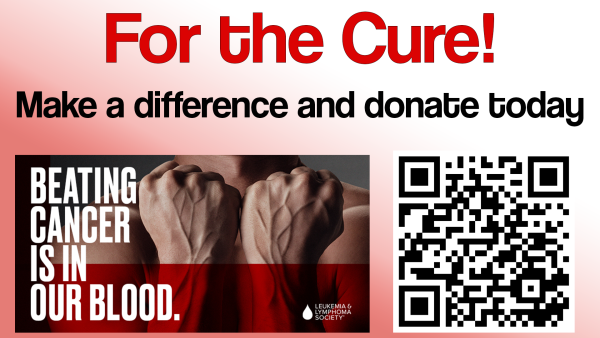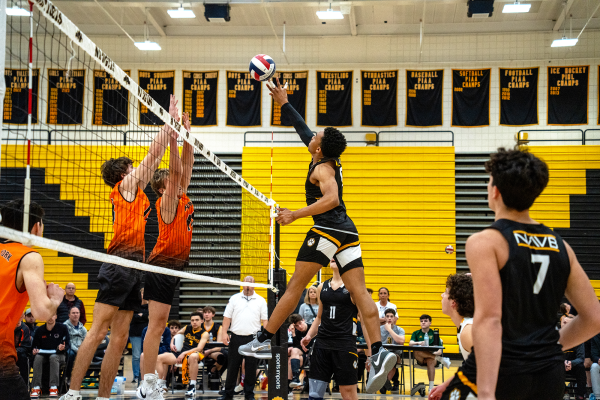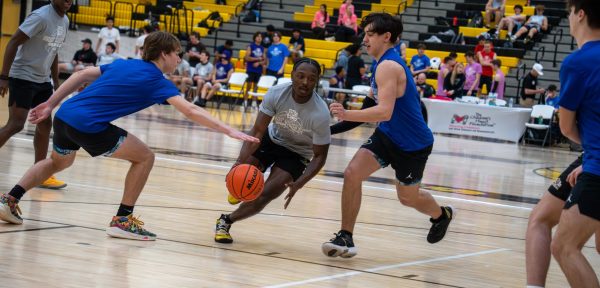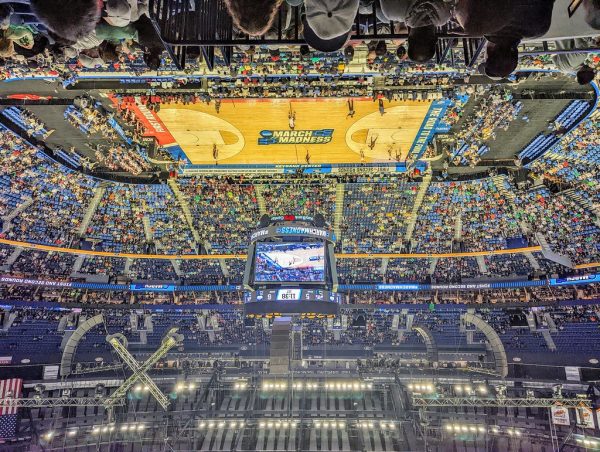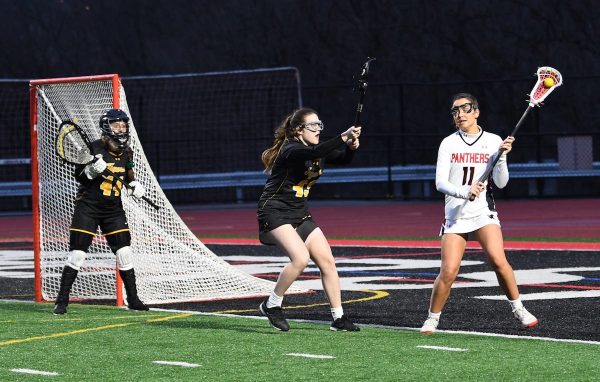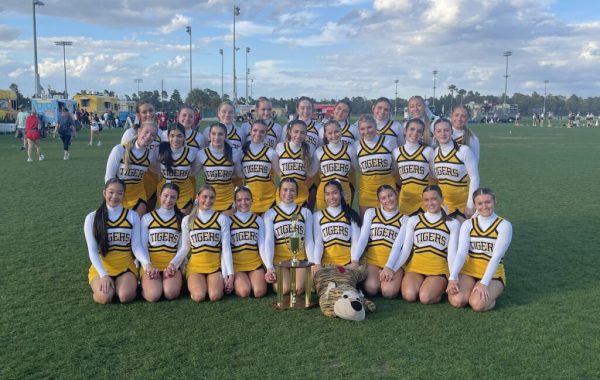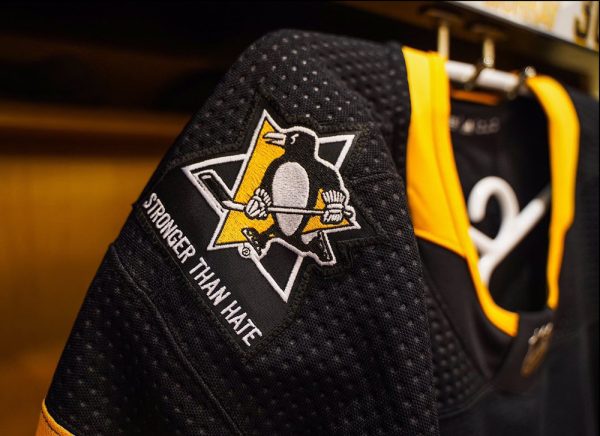Trouble In the Bubble
NASH students had strong reactions to the recent controversy between the treatment of male and female athletes at the NCAA March Madness tournament.
The NCAA has been dealing with many sexism allegations during this year’s March Madness tournament.
March 29, 2021
The March Madness tournament is an event that sports fans look forward to every year. While much of the focus lies on the men’s teams, it is just as big of a deal for the female athletes. This year, on social media, most specifically TikTok, female basketball players highlighted the differences between how the NCAA treated the men’s and women’s teams. The two teams received different food, training facilities, and apparel.
The controversy brought attention to the greater struggle for equality in female athletics, and the exposure caused female NASH athletes to reflect on how they view collegiate and professional sports.
“The sexism shown is absolutely ridiculous, and I am so happy that the women affected are speaking out about it. The difference in treatment is insane, and is completely unfair,” junior cheerleader Maddie Baker said. “This needs to be changed immediately for women to come. all of the teams should be equally appreciated and not discriminated against.”
The first thing that was brought to the public’s attention was the difference of apparel in the “swag bags” given to the athletes. The men’s teams received an amount of clothing that covered their hotel beds, while the women’s teams only received a limited number of shirts and a few pairs of pants.
The sexism shown is absolutely ridiculous, and I am so happy that the women affected are speaking out about it.
— Maddie Baker, junior
Another problem that arose was the food options both tournaments were proving to the athletes. The men’s tournament was given a very large buffet including steaks, vegetables, potatoes, while the women’s tournament was given small bags of a meal equivalent to what quarantined college students were being served.
Junior lacrosse player Bella Falo said, “I think it’s disheartening for the females who work just as hard and not get the same treatment. I feel if they got the same hype and things that the men do during the tournament, they’d have more viewers, and this wouldn’t be such a big problem. So, I think [the NCAA] should give them more support than they have been.”
The other difference that contributed to the controversy was in the training equipment given to the women’s teams compared to the mens’. The men’s tournament was given a full workout room with all the weight lifting equipment needed for a successful training session, while the women’s teams were given one single set of weights only up to 30 pounds and a few yoga mats.
Junior Maisy Wadlow, who plays lacrosse, believes that seeing the issue on a collegiate level might help people realize how troublesome it really is.
“I think that the women’s NCAA tournament is a great example of the difference between boys’ and girls’ athletics. The March Madness tournament is the biggest tournament for women’s basketball, and I think that the women’s teams should get the same equipment, housing and food as the mens’,” she said. “I think that society as a whole should start recognizing women’s sports and the athleticism that comes with it.”

